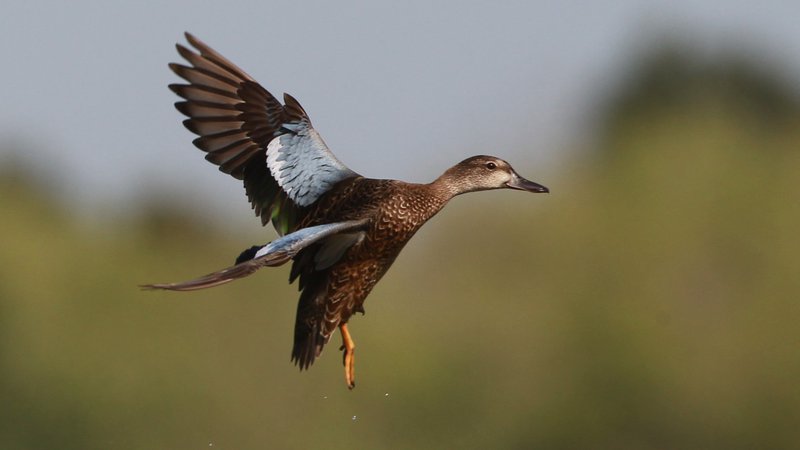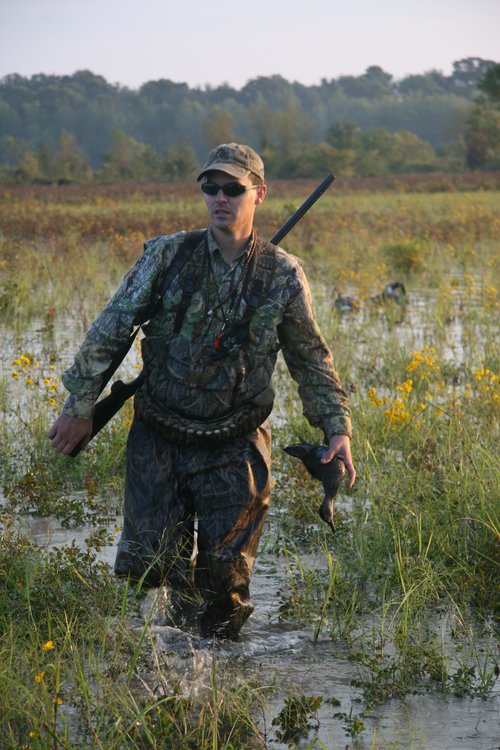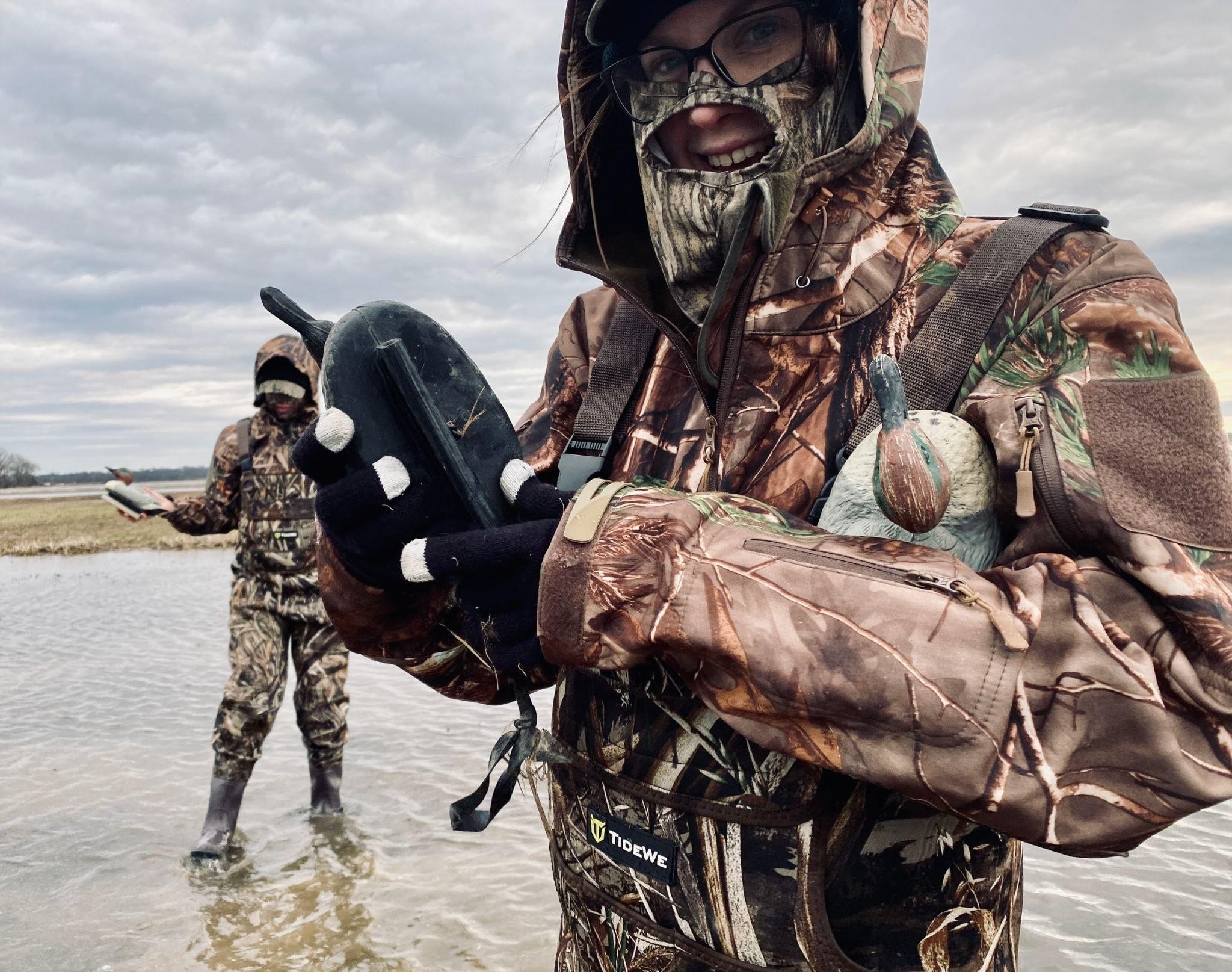Early teal season offers two-week teaser of waterfowl action ahead
ON 09-14-2022

Sept. 14, 2022
Randy Zellers
Assistant Chief of Communications
LITTLE ROCK – Hunters wanting an early taste of waterfowl action need to break out the shotguns and bug spray. Arkansas’s early teal season runs Sept. 15-30.
The September heat may not seem the ideal time to don a pair of waders and head to the marsh in search of waterfowl, but blue-winged teal try to get a head-start on other waterfowl. After all, they’re traveling thousands of miles further than many species that winter in The Natural State. In fact, Arkansas isn’t even at the midpoint of their travels. According to banding data from the USGS Patuxent Wildlife Research Center Bird Banding Laboratory in Laurel, Maryland, the longest migration journey on record for blue-winged teal was a bird shot in Peru that had been banded only six months earlier in Renoun, Saskatchewan, some 7,000 miles to the north.
“The teal we see in September are only making a pitstop,” Jason “Buck” Jackson, AGFC statewide Wetlands Program coordinator, said. “They’ll rest and feed on insects to build up energy and muscle, then be long gone by the time regular waterfowl seasons begin.”
Jackson recommends No. 6 steel shot for teal as they dart through more dense green vegetation than most waterfowl hunters see in the late fall seasons. “Larger shot isn’t needed and the added pellets per shot aid in recovery of the bird.”
A good retrieving dog is probably more important during teal season than any other, according to Jackson. With cover being thicker, having a dog that can hunt up downed birds using its eyes and nose is critical.
“You can see and direct the dog to the bird with a lot of shots in winter, but this can be a different story,” Jackson said. “If you have a teal sail into thick, green vegetation, you have to trust that the dog can do its thing and find the bird with little to no help. I hunt with a Deutsch Drahthaar, a breed known for its versatility and ability to hunt multiple game species. She’ll work rabbits, blood trail deer, upland game and waterfowl, so she’s right at home working a scent trail for teal.”
Jackson also adds that hunters should be absolutely sure of their target before pulling the trigger on a teal. A few northern pintails, northern shovelers and wood ducks also may be present in Arkansas during September, and they are off limits during the early season. Because of the need to discern a teal from any other similar-sized waterfowl. Early teal season calls for a morning start at sunrise, rather than the half-hour before allowed during regular waterfowl season. All other federal regulations apply during the hunt, including the requirement for non-toxic shot and the restriction for shotguns to hold only three shells at a time.
Hunters may bag up to six of any teal (blue-winged, green-winged or cinnamon) daily, with a possession limit of 18.
Hunters after teal are required to have a valid Arkansas hunting license, state and federal duck stamps. They must also register with the Harvest Information Program at www.agfc.com/license or by calling 800-364-4263 (GAME).
Recent News

Waterfowl Report: Better Conditions Greet Hunters
Dec. 12, 2025

Lonoke hatchery staff making room for megabass
Dec. 11, 2025
Subscribe to Our Weekly Newsletter E-mails
Don’t miss another issue. Sign up now to receive the AGFC Wildlife Weekly Newsletter in your mailbox every Wednesday afternoon (Waterfowl Reports are published weekly during waterfowl season and periodically outside the season). Fishing Reports arrive on Thursdays. Fill in the following fields and hit submit. Thanks, and welcome!
